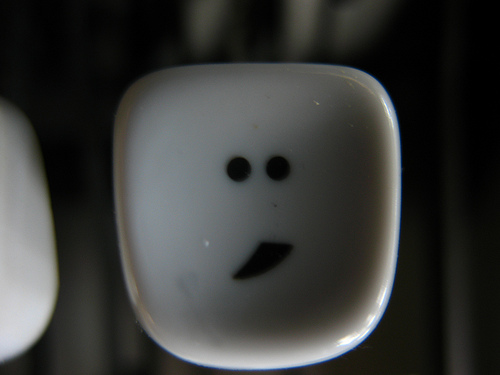I put this little smiley face here, so you’ll feel comfortable. And you do, right? Because if you’re a writer, you might not really want to think about math so much. And statistics? Yuck!
At least that’s how I once felt. Stats and I have never been great friends, but the more I learn about it, the more I like the subject. Really.
And that’s a really good thing, since much of my writing requires statistics.
No, I didn’t say sometimes uses or is strongly suggested. I said requires. And I meant it.
The reasons are pretty darned obvious, really. In fact there are three really good ones.
Good Stats Inspire Trust
When you add the right numbers to a story in the right ways, your readers will come right along with you. Readers don’t want to be overwhelmed with numbers, but well-placed figures will help your reader believe what you’re saying.
It’s not enough to say, for example, that incomes have risen in a particular geographic area. How do you know that? And if a source told you so, how can you confirm that information?
Of course, if your readers can’t trust the statistic, they can’t trust you either. It’s critical to learn how to judge data, how to assess if the numbers make sense. You’ve also got to learn how to sprinkle in the data without losing readers. (There’s an entire chapter in my book, Math for Writers, that shows you how.)
Good Stats Keep Your Story Honest
So many times, the story I end up with is not the story I expected. Here’s an example: when I set out to write about methamphetamine use in Maryland for my local alt-weekly, I never expected to find out what I did. Compared to West Virginia, Virginia and Pennsylvania, my state had shockingly low meth numbers. I looked at the information three ways to Sunday, and I came up with the same conclusion: Maryland did not have a meth problem.
If I hadn’t looked at the stats, I might have written a very different story. I could have focused on the very few meth lab busts in Maryland, painting the all-to-common and vivid picture of destruction and death. I could have interviewed a handful of gay men who were tweaking on the stimulant regularly.
Instead, I compared the number of meth lab busts, treatment centers, injuries and deaths to those in surrounding states and found the totals to be much, much lower. It was such an astonishing difference, I realized pretty quickly that I had a very different story on my hands. (And boy was that a blast to report and write!)
Even if you think you know the stats, get them and look at them carefully. Do careful comparisons with like numbers. That little bit of effort and thought will keep you honest.
By the way, stats keep editors honest, too. Many times, we writers are assigned stories by editors who think they know what the angle will be. I’ve had to prove to several editors that their assumptions are off base. Numbers help.
Good Stats Help You Land Great Stories
There are editors out there looking for writers who don’t run in the other direction when math enters the story. After turning in a numbers-heavy story to a national publication a few weeks ago, I asked the editor for more assignments like it. She was so happy to hear that I was willing to tackle stories that relied on statistics for the reporting. Her stable of writers is pretty darned thin when it comes to writers like me. That works in my benefit.
And if you can be the writer who finds a new angle on an old story, thanks to stats, you’ll be a hero to many editors. Digging into the numbers a little more than other writers can help you uncover a gem or two. Don’t take the press release at face value. Figure out if there’s more to the public relations pitch. Call up the researcher. Google the topic and make some comparisons. Then include those hard numbers in your query. Editors love that stuff.
Whether you love math or hate it, if you’re a non-fiction writer, you will use statistics. You might as well get a better handle on those numbers and what they really mean. Then you’re free to do what you really want to do: write.



